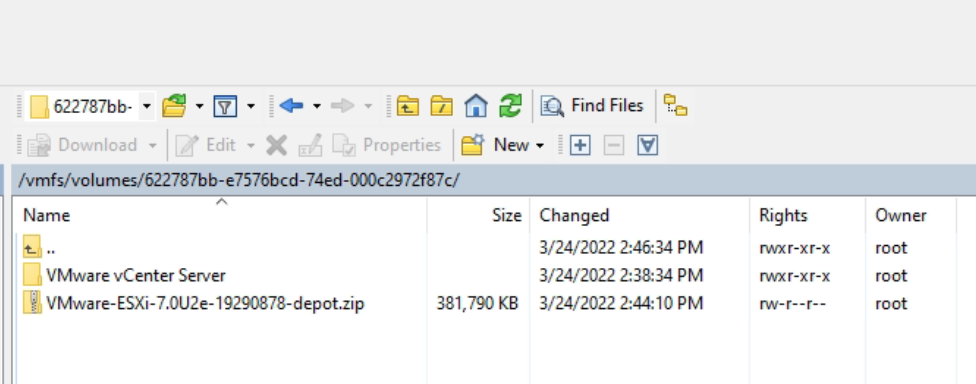Hello Guys,
In this post I will show you how to install a Kubernetes cluster on RHEL8.
Let's Start:
Disablle Swapp:
sudo swapoff -a
Configure SELINUX:
sudo sed -i 's/^SELINUX=enforcing$/SELINUX=permissive/' /etc/selinux/config
Now we require to load the modules for Kubernetes:
sudo vi /etc/modules-load.d/k8s.conf
overlay
br_netfilter
Enable the modules with the next commands:
sudo modprobe overlay
sudo modprobe br_netfilter
Now the systcl for the Kubernetes services how I show below:
sudo vi /etc/sysctl.d/k8s.conf
net.bridge.bridge-nf-call-iptables = 1
net.ipv4.ip_forward = 1
net.bridge.bridge-nf-call-ip6tables = 1
Load the sysctl into the system:
sudo sysctl --system
export VERSION=1.27
Enable de Repositories to download the Kubernetes software and updates.
sudo curl -L -o /etc/yum.repos.d/devel:kubic:libcontainers:stable.repo https://download.opensuse.org/repositories/devel:/kubic:/libcontainers:/stable/CentOS_8/devel:kubic:libcontainers:stable.repo
sudo curl -L -o /etc/yum.repos.d/devel:kubic:libcontainers:stable:cri-o:$VERSION.repo https://download.opensuse.org/repositories/devel:kubic:libcontainers:stable:cri-o:$VERSION/CentOS_8/devel:kubic:libcontainers:stable:cri-o:$VERSION.repo
Install CRI-O with the next commands.
sudo dnf install cri-o
sudo systemctl enable crio
sudo systemctl start crio
sudo vi /etc/yum.repos.d/kubernetes.repo
[kubernetes]
name=Kubernetes
baseurl=https://packages.cloud.google.com/yum/repos/kubernetes-el7-x86_64
enabled=1
gpgcheck=1
repo_gpgcheck=1
gpgkey=https://packages.cloud.google.com/yum/doc/yum-key.gpg https://packages.cloud.google.com/yum/doc/rpm-package-key.gpg
exclude=kubelet kubeadm kubectl
Install Kubernetes this include kubelet, kubeadm and kubectl.
sudo dnf install -y kubelet-1.27.0 kubeadm-1.27.0 kubectl-1.27.0 --disableexcludes=kubernetes
sudo systemctl enable kubelet
sudo systemctl start kubelet
Init the Pod Network
sudo kubeadm init --pod-network-cidr=172.31.17.0/24
Your Kubernetes control-plane has initialized successfully!
Follow the next instructions to finish the configuration:
To start using your cluster, you need to run the following as a regular user:
mkdir -p $HOME/.kube
sudo cp -i /etc/kubernetes/admin.conf $HOME/.kube/config
sudo chown $(id -u):$(id -g) $HOME/.kube/config
Alternatively, if you are the root user, you can run:
export KUBECONFIG=/etc/kubernetes/admin.conf
You should now deploy a pod network to the cluster.
Run "kubectl apply -f [podnetwork].yaml" with one of the options listed at:
https://kubernetes.io/docs/concepts/cluster-administration/addons/
Then you can join any number of worker nodes by running the following on each as root:
Use the next command to join workers nodes into the controlplane node.
kubeadm join 172.31.14.12:6443 --token qfpwvd.czh92zzofcfsf69a \
--discovery-token-ca-cert-hash sha256:21555cb1c89a7bc60c30bc76218167608df64b196a7fee5d87de31e9c5728053












